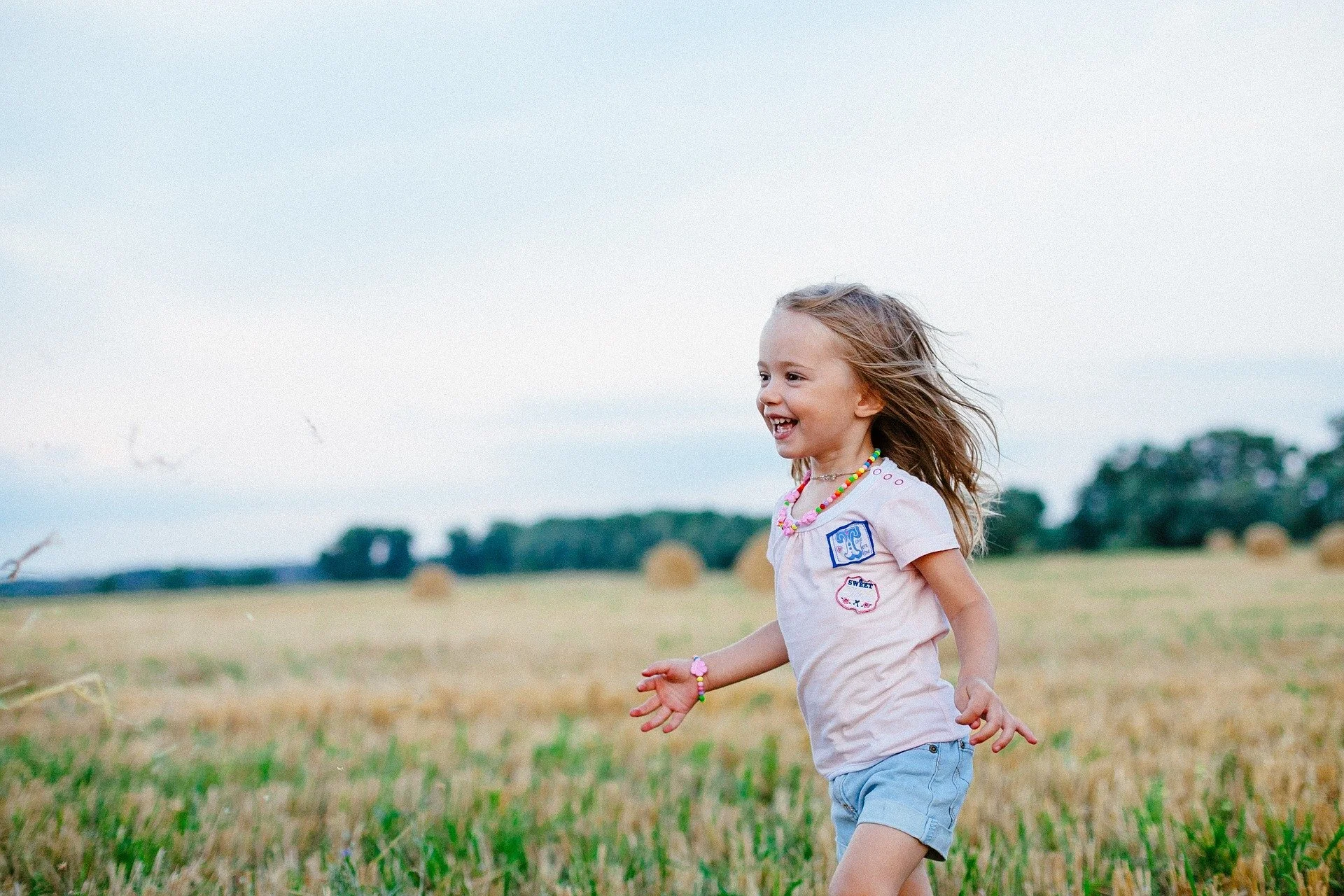WHAT IS SEL
Life is not always easy and our job as parents and educators is to help children weather the inevitable ups and downs - whether it’s fighting with siblings, friendship drama, or making decisions in school that help them learn best. Before a child becomes an adult, they may be thrown a curveball or two that impacts the whole family, thereby compounding the typical challenges of growing up. Children are more buffered from stressors like parental divorce or financial struggles when they are given the social emotional tools they need to effectively manage what is within their control.
Social emotional learning (SEL) or social emotional skills are essential to a productive life. As a teacher, I would argue that SEL is at minimum, equally as important as academic learning and will always impact the latter.
Source: CASEL Wheel of Competencies www.casel.org
Although you may not have had the opportunity to learn these skills as a child, recent research has shown that these skills can be explicitly taught. Your child’s school may already be focusing on SEL, which encompasses 5 main topics:
Self-awareness
Social-awareness
Self-management
Responsible decision-making
Relationship skills
You can support your kids at home by getting informed on what is happening in their school and by incorporating the following specific SEL strategies into your daily life.
WHY DO SCHOOLS PRACTICE SEL
SEL has been in the national spotlight the last several years as technology, demands, and distractions increase in student lives while mental health issues have become less taboo. Numerous studies have shown the influence of SEL on better life outcomes for years to come - from greater readiness for postsecondary education and increasing economic mobility. Without a strong foundation in these skills, children often struggle to access what they need to flourish in and out of school, and ultimately lead healthy, full lives.
Although many schools are trying to prioritize SEL in classrooms, there is a lot of variation in practice and approach between individual schools and even individual teachers. If you are not aware of how your child is being supported at school, check in with their teacher about the classroom philosophy and routines that support child development, student voice and autonomy. Generally, the promotion of SEL skills in the classroom involves its explicit teaching, modeling by the teacher, and regular opportunities for students to apply what they’ve learned in various situations. Positive interpersonal interactions and child-centered instructional activities also organically foster these skills, from recess and lunchroom dynamics to collaborative work in the classroom.
WHY & HOW TO SUPPORT SEL AT HOME
SEL can be fostered in many settings beyond school, beginning in early childhood. As it is always important to maintain routines and consistency in a young person’s life, families can strengthen any classroom and school efforts by reinforcing the same skills and strategies at home.
Prioritizing social emotional skills is one of the most important things parents and caregivers can do to encourage children’s success in school and life. As academic and other demands in schools increase, in addition to large class sizes, it is of even greater importance to send a child to school who has the self-awareness and ability to address different emotions with some coping mechanisms. This ensures that they will be more available to learn and therefore, help those around them learn. And when your child is not in school, social emotional skills support a more harmonious and productive home life with adults, siblings, and the general community.
Here are three strategies for incorporating SEL into your family life:
Parents can support their children by noticing, modeling, and discussing moments involving the overarching ideas from these following questions:
- Does your child understand how to identify their own emotions and have strategies to manage sadness, frustration, anger, etc.?
- Do they understand different perspectives and show empathy for others?
- Are they able to create positive friendships?
- Are they able to make responsible decisions that are helpful towards their own goals or that of a community?
1. NOTICE
Adults can help children notice moments in our daily lives where there is a demonstration of constructive behavior. Acknowledge when you see them presenting healthy social emotional practices and offer praise when it is warranted. You could also be in a public space and want to point out a kind moment between other individuals.
“I noticed that you helped take the trash out even though you were feeling annoyed.”
“I noticed that you helped pick up your sister’s blocks when you accidentally knocked them down. That was really responsible.”
“Did you see how she picked up the keys that the older man dropped? He would have been so sad and stressed out if he lost his keys! Good thing the stranger was so thoughtful.”
2. MODEL
Children are always taking in what they observe from their environment. At home, adults can model the skills, such as the positive interactions they want to see in their children. That could mean expressing your own feelings out loud and demonstrating how you handle frustration or other emotions. Adults can also model productive social interactions in the way that they use tone and words to communicate with strangers, friends, and other family members. The reverse is also true. Remember that children are always watching and learning.
“We are running late to grandpa’s party because of this traffic. I am frustrated that we won’t get there on time, so I’m going to take a breath to calm down. Next time, I’ll make sure we leave even earlier just in case there is traffic.”
3. DISCUSS
Embrace “teachable moments” or when an event or experience presents an opportunity to learn something and use it to discuss life’s lessons. Perhaps Tom’s brother doesn’t want to play with him because Tom said something mean the day before. That is a moment to review with a child. What happened? What can be learned from it? What next steps can you and your child come up with together to better the situation? Listen to whatever they have to say and validate their experience. Prevention can and should also be practiced! Anticipate a dilemma before it arises and take the time to discuss choices and decisions with your child to guide them in evaluating solutions.
The home is a safe place for children to learn and hone social emotional skills. Home offers an array of dynamic real world experiences for children to encounter and a range of people to interact with, as opposed to children their own age group in school. Remember that social emotional learning (SEL) is about giving children the skills and understanding they need to manage feelings. Don’t forget to take the time to observe them as they go about the world and make mental notes! And when they are struggling with a new challenge, be sure to remind them that they’ve succeeded before! As children grow and face new and old obstacles, your guidance is key in helping them succeed in life.
For more SEL activities to try at home see more articles on betterkids.education/blog, including Creating Space for Big Feelings at Home.





